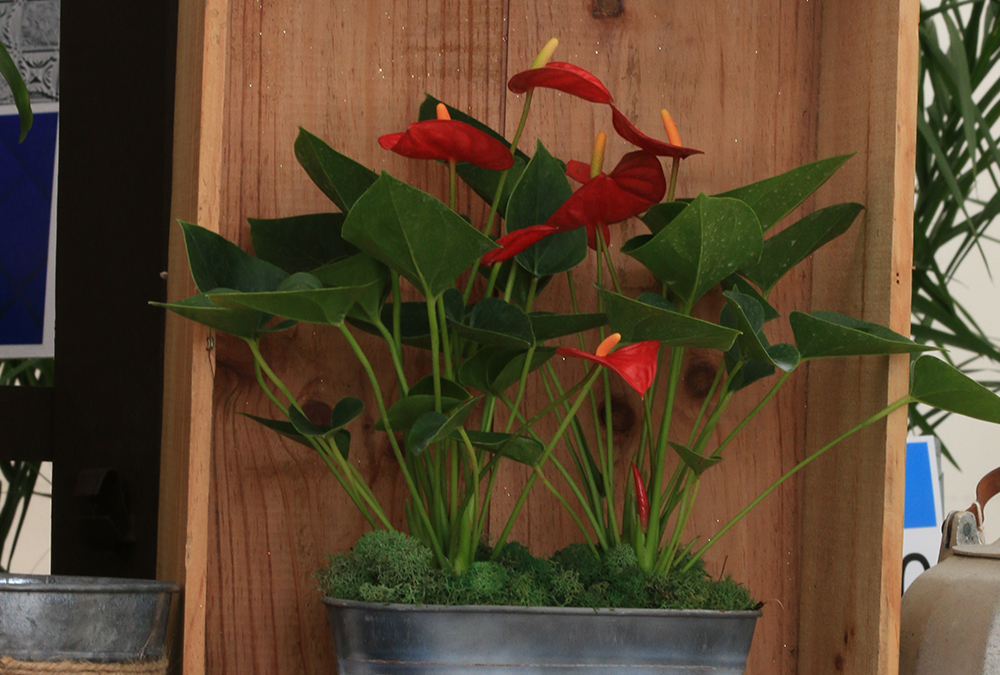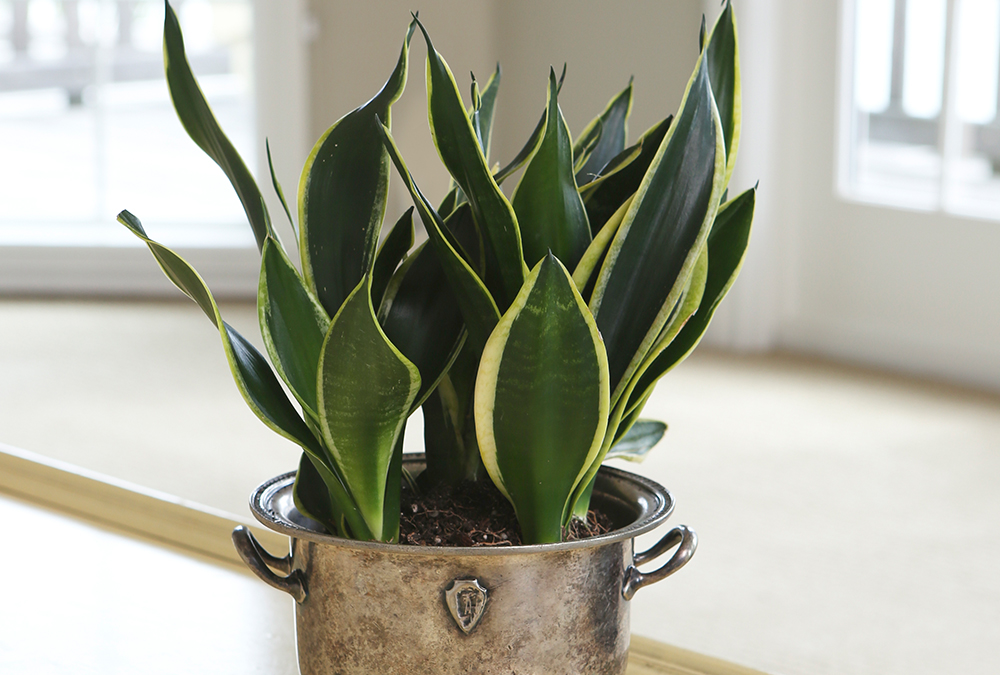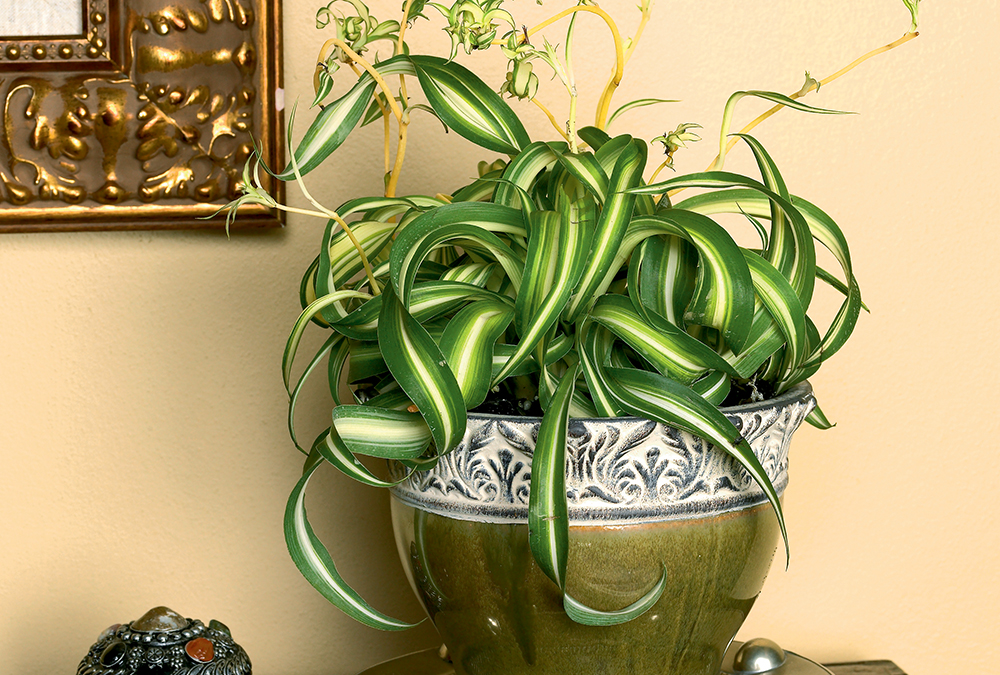5 Plants To Purify Your Indoor Air
There are lots of ways to live healthier. Eat better. Spend more time outdoors. Get a little more active (maybe hit the gym?). One that’s less obvious is to surround yourself with plants indoors. Through their breathing process, plants add oxygen to our spaces. But there’s another benefit: as they breathe, plants also pull indoor pollution from the air.
We tend to spend most of our time indoors—in homes and offices—so indoor air quality is important. And it’s often overlooked. The more energy-efficient your building, the greater the risk of harmful volatile organic compounds (VOCs) accumulating. The EPA reports that indoors, the level of pollutants has been found to be up to five times higher than outdoor air. Luckily, plants can help with this.
Scientific research shows that everyday houseplants can remove common VOCs. Acetone, benzene, formaldehyde, toluene, and xylene are a few you’re likely to find in your home. They’re released by many of the things we surround ourselves with: furniture, paint, carpet, upholstery, cleaning products, and even cosmetics (like nail polish remover). Exposure to high levels of these VOCs can cause irritation of the eyes, nose, and throat; frequent headaches; nausea; and even cancer.
Here are some of our favorite easy-care houseplants that remove pollution from our indoor air:
Anthurium

Most tropical houseplants are grown for their foliage. (The varieties with showy flowers have trouble blooming in the average home.) Not so for anthurium! It produces heart-shaped flowers in shades of red, purple, pink, white, and orange. It flowers best in bright light, but tolerates medium-light spots as well. A happy anthurium can bloom on and off all year long. When grown in a warm spot with good relative humidity, each bloom can last for months!
Bromeliad (Guzmania)

This tropical beauty produces strappy leaves and showy white, pink, red, orange, and yellow blooms. It thrives in medium to bright light and needs to be watered once the top inch or so of the potting soil has dried. Note: Most guzmania bromeliads are sold in bloom. After the flower fades, it goes brown. The mother plant then starts to decline—but is replaced by baby plants (called pups) at the base. These pups grow up and take the mother plant’s place, producing their own blooms.
Peace Lily (Spathiphyllum)

This tried-and-true houseplant has been enjoyed by generations. What a testament to how easy it is to grow! It has lustrous, dark green leaves and elegant white flowers. Peace lily tolerates low light, but doesn’t bloom in these conditions. It loves medium and bright spots where it flowers best. Keep it from drying out; it wilts quickly, but bounces back just as fast when it’s watered again. This is the fastest-growing plant on our top-five list. This makes it especially efficient at purifying the air.
Snake Plant (Sansevieria)

Perhaps the easiest of all indoor plants to grow, snake plant is a champ at removing VOCs. Its deep green leaves are stiff and upright. That’s where some of its other common names, sword lily and mother-in-law’s tongue, come from. Snake plant is wonderfully architectural and perfect for any design style. It tolerates low, medium, or bright light. Water this houseplant regularly or completely forget it for a couple of weeks. It won’t bat an eye.
Spider Plant (Chlorophytum)

One of the easiest houseplants to grow, spider plant is delightfully textural and grows in low, medium, or bright light. It has thick, fleshy tuberous roots, so it can survive a couple of weeks without watering if it needs to, but does best when watered as the top inch or two of its soil dries out.
